
Meet our newest neighbor in the galaxy - a black hole was discovered, and it is the closest one to our solar system yet! The exciting findings were published in a study in the journal Astronomy & Astrophysics, as recently as this Wednesday. The black hole is about 1,000 light-years away, and each light year is 5.9 trillion miles away (or 9.5 trillion kilometers). It may not sound all that close but in terms of the cosmos and even the galaxy, it’s considered practically next door according to European Southern Observatory astronomer Thomas Rivinius, who led the study.
For proportion, the black hole that was previously considered the closest one is about three times further - 3,200 light-years away. The black hole at the center of the Milky Way lies more than 25,000 light-years away, and another black hole which astronomers managed to capture in unprecedented detail in April last year is a whopping 55 million light-years away, in another galaxy altogether.

So if this newly discovered black hole is so close, how come it was wasn’t known to us until now? Black holes are regions in space that exert a force of gravity so strong that nothing can escape, not even light. Because no light is reflected, black holes are invisible, and the only way for astronomers to discover them is by noting the luminous bodies that orbit them. Most of the black holes we know of were detected because they were devouring nearby stars. Astronomers believe most black holes don’t have anything close enough to swallow, and so they remain undetected.
Related Article: 15 Pictures of Space From Different Observatories
Interestingly, this was exactly the case for the newly discovered back hole. It is a part of a two-star system called HR 6819, which has been examined by astronomers for years. When they analyzed the data, they noticed that there was something unusual about the behavior of the inner star of HR6819. Its velocity was so extreme, the team started suspecting that a third object existed in the system, which was flinging the inner star around.
They concluded it could only be a black hole. It was powerful enough to change the star's course, but not close enough to swallow it. “An invisible object with a mass at least 4 times that of the sun can only be a black hole," Rivinius explained in a press release.
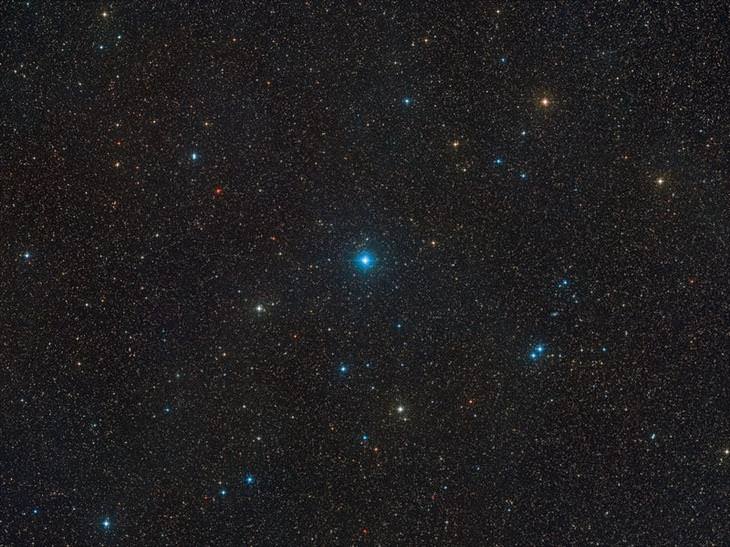
Another unusual aspect is that this star system is actually close enough for people in the southern hemisphere to actually be able to spot it on a clear night. This is the first-ever stellar system containing a black hole that can be seen with an unaided eye.
The video below shows what the astronomers saw: a star (blue) orbiting an invisible black hole (red), with another star (also blue) orbiting the inner pair. That makes this star system, called HR 6819, a triple system, and not double-system, as was believed thus far.
This discovery could help scientists progress and expand the knowledge of black holes immensely. "There must be hundreds of millions of black holes out there, but we know about only very few. Knowing what to look for should put us in a better position to find them," Rivinius said. Dietrich Baade, another astronomer on the research team called it “the tip of an exiting iceberg”.
The more we learn about the universe surrounding us, the more we realize how vast and mysterious it is, and despite being difficult, the process of studying it is certainly gratifying.
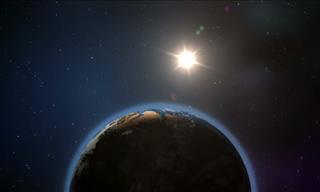 2:39
2:39
Science Lesson: Why is Space Black?
This video will explain why exactly space is the color it is - black.
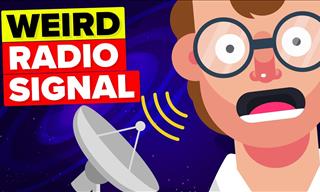 8:28
8:28
Could These Signals Be A Sign of Extraterrestrial Life?
Scientists have recently picked up on a mysterious radio signal from space, and it could mean a lot - maybe even a sign from extraterrestrial life forms.
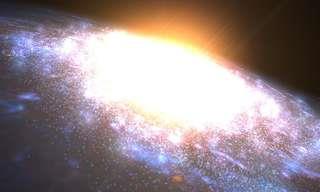
Take an Interactive Tour of Our Colossal Milky Way Galaxy
Fly Through the Milky Way Galaxy!

15 Beautiful Carl Sagan Quotes on the Stars and the Cosmos
A look at some profound quotes on the universe by famous astronomer and cosmologist Carl Sagan.
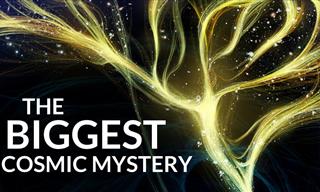 46:50
46:50
Deep Science: Why is Our Universe the Way It is?
Get ready to understand the Universe like never before...

16 Fascinating Facts About the Red Planet
Let's have a look at what we already know about the red planet.
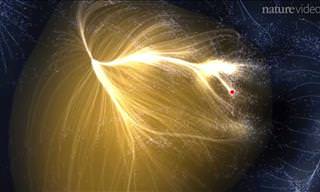 4:11
4:11
This Video Will Show You Where We Are in the Universe!
Where is our galaxy in the known universe? This video will fly with you to ever-larger destinations, showing you our little planet's cosmic address from a very large viewpoint.
 4:05
4:05
Kirobo: First Robot in Space!
It was one small step for robot and another giant leap for mankind...
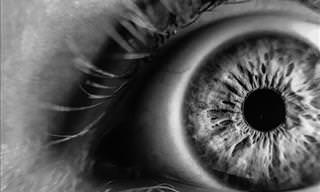
Whoa! Who Knew the Human Body Was Capable of So Much?
Have a look at these 17 intriguing facts about the human body that we can practically guarantee will leave you in awe.
 20:32
20:32
History: Did the Trojan War REALLY Happen?
The Trojan War, the most famous of the ancient wars, fought by thousands of men for ten long years on the beaches of the famed city of Troy. Was all that real?
 5:17
5:17
How Exactly Do We Hear? All is Revealed Here!
In this informative TED-Ed video, Douglas L. Oliver explains the complete science behind hearing.
 10:46
10:46
Neat Life Hacks To Help You Remember Things Better
A lot of us tend to forget the simplest things at times. This video provides some neat tips to help boost your memory.
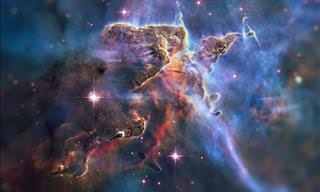 50:02
50:02
Take a Trip Through the Universe and Witness its Beauty
Since its launch, the Hubble Telescope returned images of unprecedented beauty of a dynamic and changing universe. Take a look!
 14:34
14:34
What to Do (and Avoid) When Setting Up a Smart Home
Here's how you can set up a family-friendly smart home that will last long.
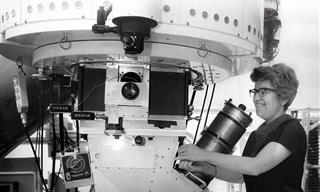
7 Overlooked Scientists Who Should Be Household Names
Meet seven scientists who never got the credit they deserved.
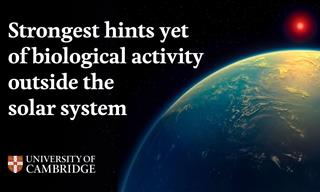 6:15
6:15
K2-18b: The Exoplanet That Might Host Alien Life
Astronomers have detected signs of posisble life in the atmosphere of exoplanet K2-18b.
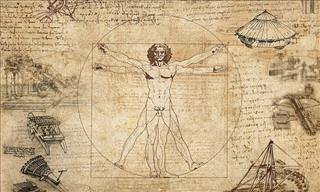
I Bet You Didn't Have a Clue About These Human Body Facts!
The human body is the most complex machine known to mankind, but I bet you don't know these 10 amazing facts about it...
 36:24
36:24
Ever Wonder How a Steel Locomotor Works?
Let’s take a closer look at the engineering behind these compact workhorses.
 20:01
20:01
Future Tech: 19 Innovations About to Change Our World
These groundbreaking new technologies will change our world.
 19:27
19:27
20 of the Most Infamous Tech Product Flops In History
Here's a look at some of the most infamous and biggest technology failures in recent history.

Alzheimer's: What Recent Breakthroughs Have Taught Us
Now, you can discover 4 new studies that show how to do this in ways you haven’t heard of.
 11:05
11:05
Science: Can AI Preserve Our Most Precious Memories?
Technologist Pau Aleikum Garcia talks about synthetic memories.
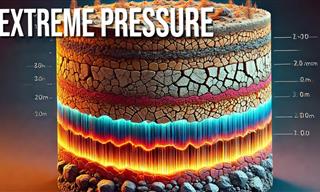 38:55
38:55
What Happens the Deeper You Go Underground?
What happens when pressure pushes matter beyond the limits of what we thought possible?
 8:10
8:10
Taller Doesn't Mean Bigger - the True Size of Skyscrapers
If you were to compare skyscrapers by area rather than height, which skyscraper would end up on top?

Enjoy This Fascinating Collection of NASA's Best Photos
Here are 15 of NASA's most amazing recent pictures, along with brief explanations of exactly what is going on in each one.
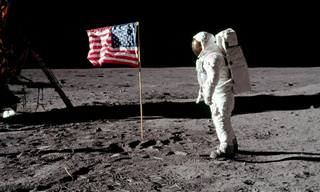 3:55
3:55
50 Years Later, We're Debunking the Moon Landing "Hoax"
How do we prove to people the moon landing was real? By answering their doubtful questions in this video.

Study: New Link Found Between Parkinson's and the Gut
A recent study has identified gut microbes likely involved and linked them to decreased riboflavin (vitamin B2) and biotin (vitamin B7), suggesting a potential treatment
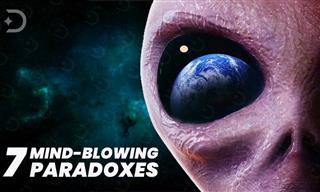 11:15
11:15
These Paradoxes Continue to Mystify Scientists
Take a look at 7 scientific paradoxes that may never get solved.
 2:11
2:11
Here are Some Unique Tricks You Can Do at Home With Salt!
This video shows us a few interesting magic tricks that you can do anytime using salt, ice, and other items you can find at home.
 1:44
1:44
You Won't Believe What the Human Body Does in One Minute
How much do you think it is capable of doing in a single minute? Watch this video and you'll have your answer!
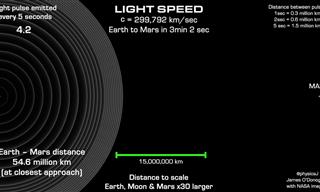 3:07
3:07
The Speed of Light Visualized in a Magnificent Video
Have you got the patience? Watch, in scale, just how long it takes light to travel from Earth to Mars

Absolute Zero: The AI that Doesn't Need People to Develop
Imagine an AI that doesn’t need humans to teach it how to code—it creates its own coding challenges, solves them, and gets smarter all on its own. This isn’t science fiction; it’s a groundbreaking development called Absolute Zero

How AI Is Fixing Problems Humans Struggle With
Here’s how AI is quietly reshaping the world in ways that actually matter.
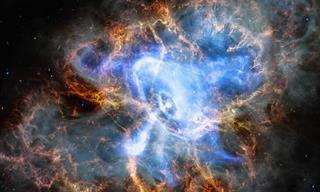
Stunning 2024 Images from the James Webb Space Telescope
Marvel at the new images revealed by the James Webb Space Telescope.

8 Ancient Greek Scholars & Their Life-Changing Inventions
The foundations of modern medicine, engineering, biology, and astronomy were set up by these 8 stellar minds more than two thousand years ago.

Do You Have One Of These RARE Genetic Traits?
How unique are you? You might have several rare genetic traits that make you unlike most of the world's population!
 58:37
58:37
Science: Here's Everything We Know About Pluto
Join us as we unravel the mysteries of far off Pluto, 3.7 billion miles from our Sun.
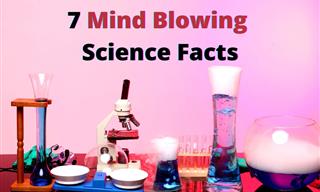
7 Mind Blowing Science Facts School Left Out
Put on your learning caps! We rounded up 7 surprising scientific facts you probably didn't learn at school.

What Your Phone Habits Say About Your Mental Health
These phone habits might indicate underlying anxiety—and paying attention to them could help you better understand your mental health.

Why It's So Hard to Get People to Change Their Stance
You feel that your knowledge is broader because you've read and researched a lot on the topic, but the other side still isn't convinced, even when you present facts and statistics. Why isn't that enough?
 5:39
5:39
Why Are Your Ears Ringing? The Causes Explained
Nearly 15% of the human population worldwide are plagued by this strange sensation, but most people don't know the causes behind ringing in the ears...

9 of the Greatest Unsolved Mysteries About the Universe!
The universe has been around for close to 14 billion years, but it still holds many mysteries that continue to perplex scientists. Here's 9 of them!

NVIDIA CEO Reveals Which Degree Is Worth Studying
Electrical Engineering, Computer Science, or Physics? Nvidia's CEO has a surprising answer to which area should be studied nowdays.

The Most Remarkable Medical Breakthroughs of 2024
Here’s a look at some breakthroughs in medical innovation this year.
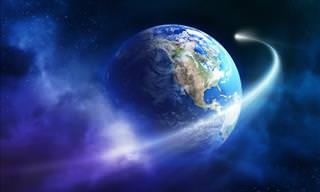 33:02
33:02
The Entire Story of Earth in 30 Minutes!
The story of our planet, from birth to the adult, ancient planet we see before us today - all in just half an hour.
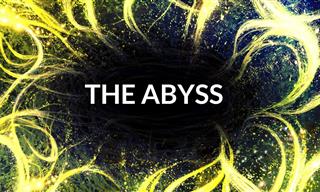 56:12
56:12
What's the Largest Thing in the Universe?
In this video, we look into some of the mightiest structures in the known universe.

10 Tech Products You Must Double-Check Before Buying
Beware! These tech products are most commonly faked.
To enable your Ad-Free Subscription, please fill the fields below
Your subscription was successful, now you can enjoy an ad-free experience!! Note: To make sure you get no ads, please make sure to log in to your account. If you are logged in already, then refresh the page. The subscription can be cancelled at any time.


